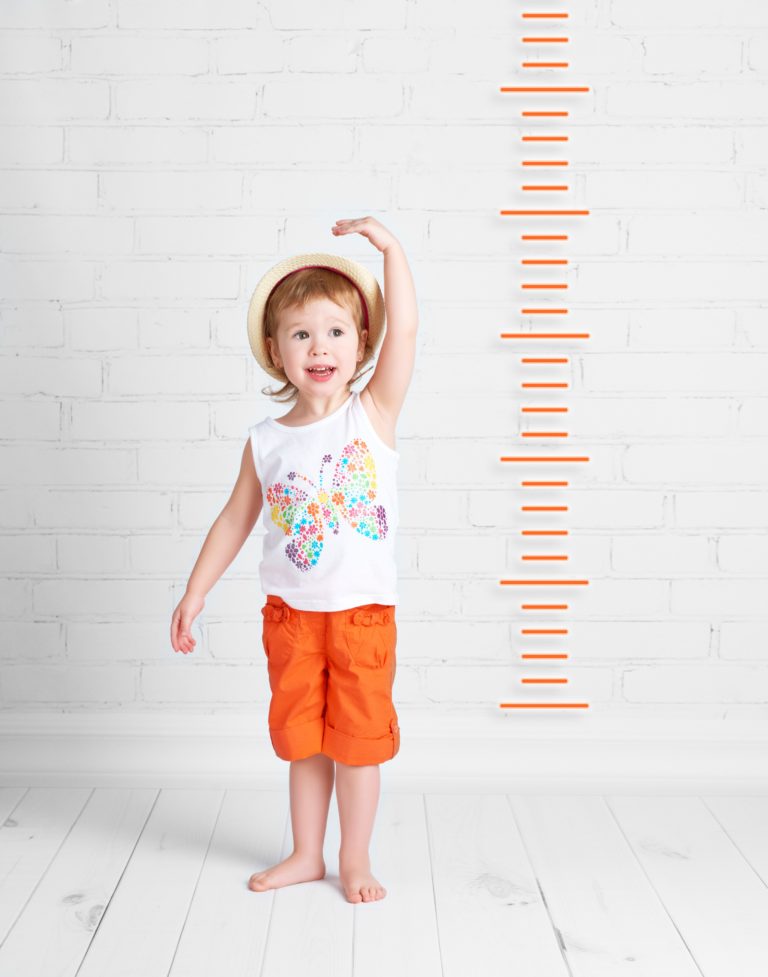What’s the deal with growth spurts?
The biggest growth spurts for children occur in the first year and then again around puberty. The first year of life is an incredible time of growth in all areas – height, weight and head circumference. Significant growth spurts usually happen around 7-10 days of life and again between 3-6 weeks of life. Most babies will double their birth weight by 6 months and triple the birth weight by a year of age. After age 2, most children have reached half their adult height and will continue to grow around 2-3 inches per year and 4-7 pounds per year. The last significant growth spurt occurs in conjunction with puberty. Puberty happens in general at about age 8-13 years old in girls and 10-15 years old in boys. Parental height (genetics) still plays the most important role in ultimate height for children.
Growing pains?
Growing pains occur in about 25-40% of children, most commonly in children age 3-5 years old and again in 8-12 year olds. No link has been found between growing pains and growth spurts – in other words, it is not growing muscles and bones that cause the pains. Growing pains are most likely due to the running, jumping and increased physical activity that occurs daily in active children. Most children describe these pains as sharp, throbbing and occurring at night, and usually complain of the pain in thighs, calves or behind the knees. They can be one sided but typically occur in both legs (and much less commonly in arms). Growing pains usually respond well to massage, stretching, heating pads and the occasional need for ibuprofen or acetaminophen. If the pain occurs during the day, in the joints, or if the legs appear red or swollen, the child should be evaluated by your pediatrician.
Percentiles:
What does it mean when your doctor whizzes through percentiles during your well child visit? Growth charts help to compare your child to other children the same age and gender. Percentiles help to show how your child is growing compared to the average heights and weights for his/her age and gender. It is not better to be bigger (percentiles greater than 50%) or smaller (percentiles less than 50%); however, it is most important that your child be proportional and that s/he grow consistently from year to year. A dramatic change in percentiles warrants a visit to your pediatrician. An even better measure of your child’s individual growth is the body mass index (BMI). BMI is a calculation that uses height and weight to estimate how much body fat a child has. Pediatricians use it to determine how appropriate a child’s weight is for a certain height and age and to determine if a child is underweight, appropriate for age, overweight or obese.
Paige Perriello, MD, FAAP

